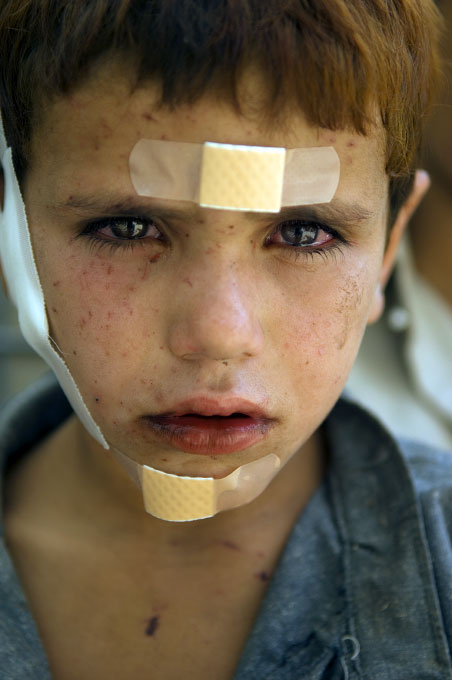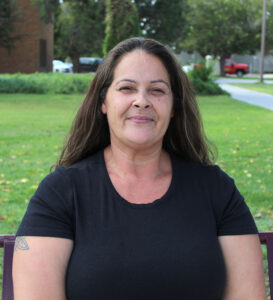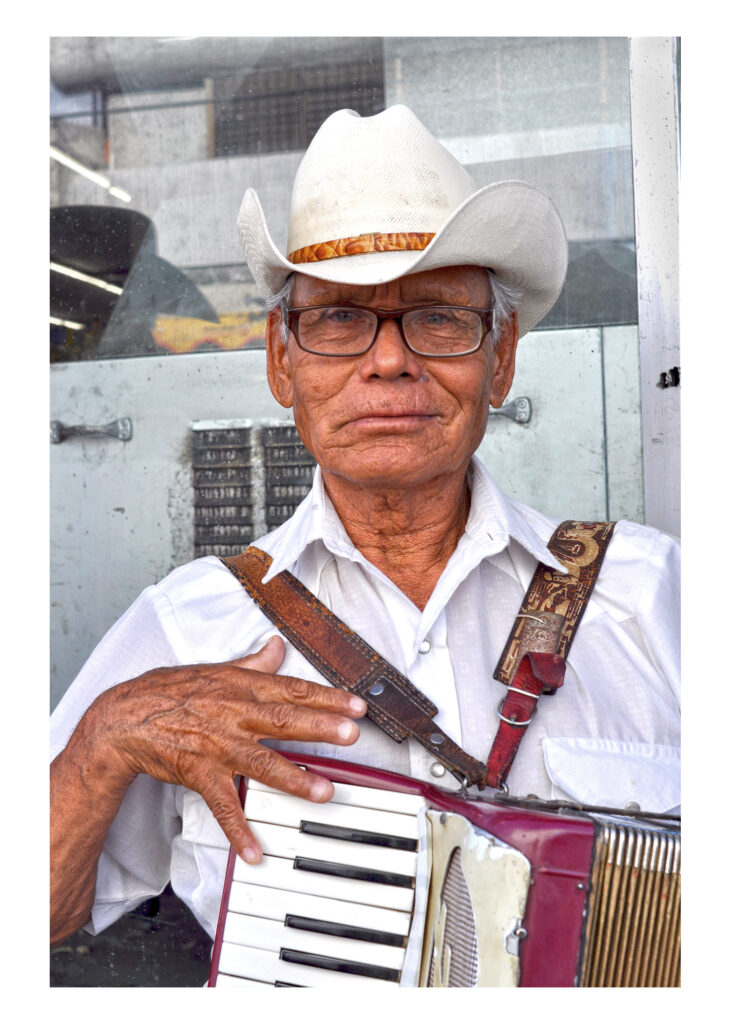Defining Documentary Photography

Documentary photographers use intention to create story-telling images that express their own concerns, passions and viewpoint. Documentary photographers tend to focus on one broad area that holds their interest; this deep emotional connection that the shooter has with his/her subject of interest creates an interest and connection with the public. Documentary photography is important because it allows the general public to get a sense of another’s perspective, and it is sometimes powerful enough to change the way someone thinks about an issue.
Lynsey Addario, one of the few photojournalists with experience in Afghanistan, is a documentary photographer that currently focuses on Syrian refugees, the ISIS push into Iraq, the civil war in South Sudan, and maternal mortality in Sierra Leone. She is, in my opinion, a notable documentary photographer in that she is using her skills to speak out about some of the hardest issues our world faces. She has the ability to capture emotion, even in the midst of disaster.


Kitra Cahana, a documentary photographer and conceptual artist, has a unique style and covers interesting topics. I enjoyed viewing her most recent project, entitled Teens, where she covers the attitudes and lifestyle of modern day teens. I think this type of focus is interesting for those who aren’t often around teens and would appreciate insight.


Stephanie Sinclair is known for gaining unique access to the most sensitive gender issues and human rights globally, according to National Geographic. She is currently covering child brides of the Middle East, a seldom discussed but incredibly important issue that First World citizens rarely think about. I think her work is important and has created change, especially in that she is working with a non-profit organization called ‘Too Young to Wed’, where citizens can get involved to help promote change.







